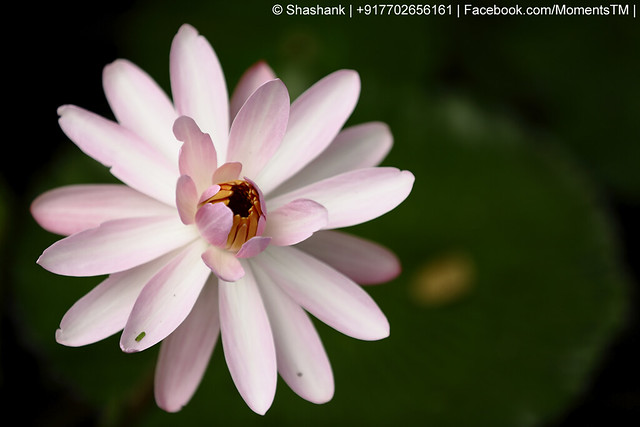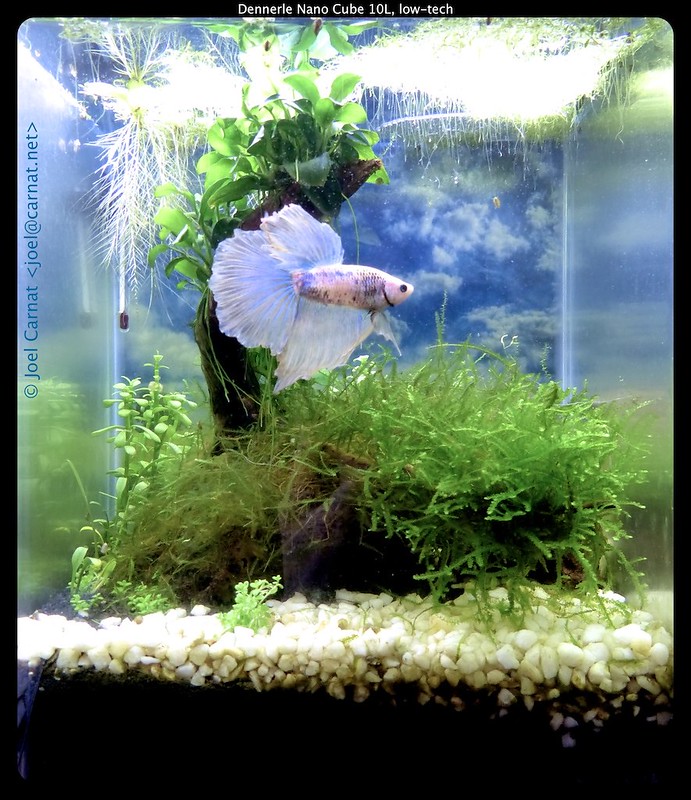 |
| Bacopa monnieri |
Live aquarium plants can be a beautiful addition to an aquarium, whether you have it stocked with fish or not. But many aquarium owners who have trouble keeping their plants alive finally give up populate their aquarium with artificial plants. But keeping your plants alive and healthy is not really that difficult if you know what they like and need. Here are some of the main reasons that aquarium plants end up dying or not thriving well.
Failing to provide enough light for your plant. Light is extremely important for a plant. You can provide a plant with buckets of food and nutrients, but if you don't give it enough light, it won't last long. Now these days, most of the tanks that you find will come with a light attached to the tank top. Alternatively, it will come with pre-drilled holes that have been set up to allow you to install a light relatively easily. Lacking that, many acrylic tanks will let you drill your own holes so that you can install the lighting yourself. On the other hand, another absolutely acceptable choice is to simply place your aquarium on the south side of your apartment or house, near a window where it will be sure to get plenty of light.
Failure to secure the plant roots. If your plant has been doing well for a while and all of a sudden the leaves begin to turn brown and fall off, it may be a simple matter of the roots having come loose. Roots often come loose in aquariums, especially if you have rowdy fish that love to dig. In this case, simply replant or reposition the plant making sure that the roots are well covered and secure. If the plant is new, however, the browning leaves may simply be the plant adjusting to its new home. Most plants experience "environmental shock" when being transplanted from one place to a brand new place. Simply give it time to adjust and it should be fine.
Plant crowding. Plants need room to grow. In a crowded aquarium, you have too many plants fighting for too few resources. Give your plants plenty of room to grow by providing it with a large enough aquarium to accommodate it's future growth spurts. If it starts to get a bit unwieldy, it also helps to trim it every once in a while to control it's growth.
The wrong plant in the wrong environment. Plants are living things. And like all living things they do better in some environments than in others. You may have fallen in love with the most perfect, beautiful tropical plant to your eyes. But, if you live in the northern part of Alaska, chances are your plant is not going to survive. Many times the cause of a dying plant can be traced directly back to it not being right for the environment it has been moved to.
Many times the fault lies with the purchasing. Not all animal stores or fish stores are set up to deal with plants. To most of them, plants are just a sideline. One red flag is the number of plants that the store has for sale. If they have just a few types of plants and rather small stock, odds are that they aren't very knowledgeable about the types of plants that you may need. If any of the plants that a store has are yellowing or brown, or if the plants seem to be loosely planted and not well cared for, it's probably best to look elsewhere. The last thing that you want to do is to introduce a diseased plant into your aquarium.
|

























